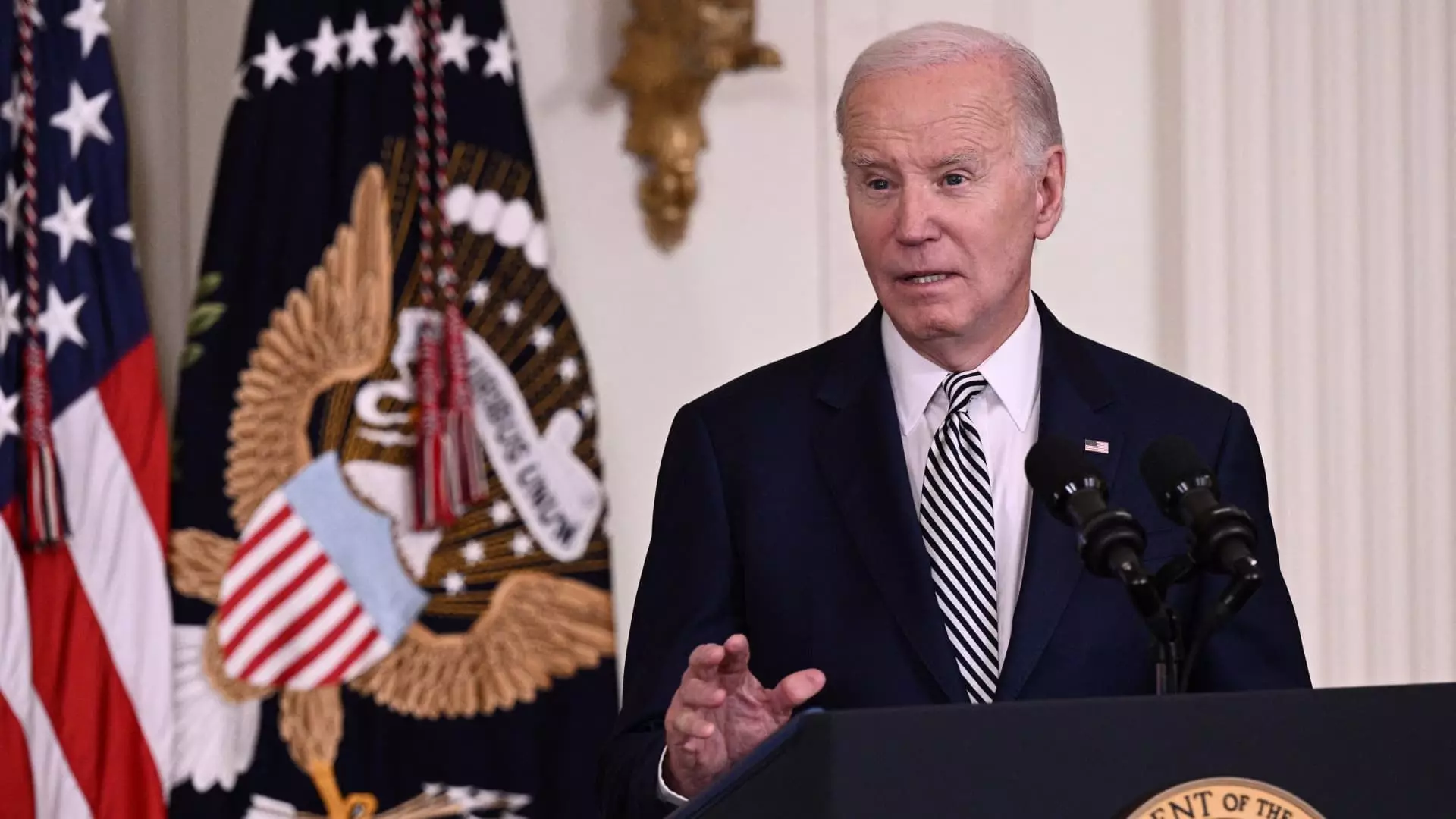The landscape of artificial intelligence (AI) continues to evolve rapidly, and with it, the geopolitical dynamics that accompany technological advancements. Recently, the U.S. government announced stringent new regulations aimed at regulating the export of AI chips and technology—an initiative primarily designed to bolster the nation’s competitive edge while limiting adversaries’ access to powerful technologies. This move, characterized by a framework delineating global partnerships and restrictions, represents a critical intersection of technology, national security, and economic strategy.
The latest regulations categorize countries into three distinct tiers, each reflecting their access to sensitive AI technologies. Tier 1 nations—including Japan, the UK, South Korea, and the Netherlands—will enjoy exemptions from many of the restrictions, facilitating a collaborative environment among trusted allies. In contrast, approximately 120 countries, like Singapore and the UAE, will face capped limits on exports. Importantly, nations under arms embargoes, such as China, Russia, Iran, and North Korea, are entirely prohibited from receiving any advanced AI chip technologies.
This tiered approach signifies a strategic realignment where the U.S. clearly delineates friendly nations from potential threats based on geopolitical climates. It’s an effort not merely to secure competitive intelligence but to fortify a network of nations that share similar values and security concerns.
U.S. Commerce Secretary Gina Raimondo emphasized the need to maintain U.S. leadership in AI development and chip design. This new regulatory framework is the culmination of a four-year effort under the Biden administration aimed at cutting off China’s access to advanced chip technologies that could enhance its military capabilities. As AI evolves into a fundamental pillar for various sectors, the stakes in retaining leadership become increasingly high. The U.S. is not only combatting strategic competitors but is also navigating a path defined by innovation and protectionism.
The intention behind these regulations is to closely guard intellectual and technological advances that could potentially be utilized against U.S. interests. National Security Adviser Jake Sullivan articulated the urgency of preparing for the rapid evolution of AI capabilities, acknowledging its transformative potential across the economy and national security apparatus.
The response from industry giants has been significant, with major players like Nvidia criticizing the regulations as “sweeping overreach.” The concern primarily stems from the overarching implications these regulations may have on the broader tech landscape, potentially stifling innovation. Nvidia argued that the government’s actions threaten to cripple sectors where technology is inherently available in consumer markets, such as gaming and personal computing.
Moreover, companies like Oracle expressed apprehension, projecting that these rules could inadvertently boost competitors in China while crippling U.S. firms. The debate centers around whether the stringent controls truly serve national interests or if they risk undermining the global competitiveness of American technology companies.
This regulatory framework not only has immediate ramifications for the tech industry but also poses broader implications for global AI development. By controlling the export of advanced GPUs, the U.S. can significantly influence how AI models are trained globally, shaping the narrative of innovation. Major tech firms like Microsoft, Google, and Amazon will have the opportunity to seek global authorizations to establish data centers while adhering to strict regulations. However, this conditional access reflects an intricate balance between fostering growth and national security.
However, the emphasis on restrictions raises pertinent questions regarding potential bottlenecks in innovation and accessibility. While the U.S. aims to secure its technological edge, restricting access to AI advancements may stifle overall global progress. AI has the potential to lead to breakthroughs in areas like healthcare and education, but its misuse can lead to reprehensible applications in surveillance and militarization.
As the U.S. navigates these complicated waters, it becomes increasingly evident that the future of AI governance will require a multidimensional approach. The new export regulations represent an attempt to protect national interests while still engaging in international technological collaboration. As AI technologies advance, the balance between fostering innovation and safeguarding national security will be critical. The global community will be watching closely, as these regulations not only reshape the industry landscape but also redefine international alliances in the face of emerging technological threats.

